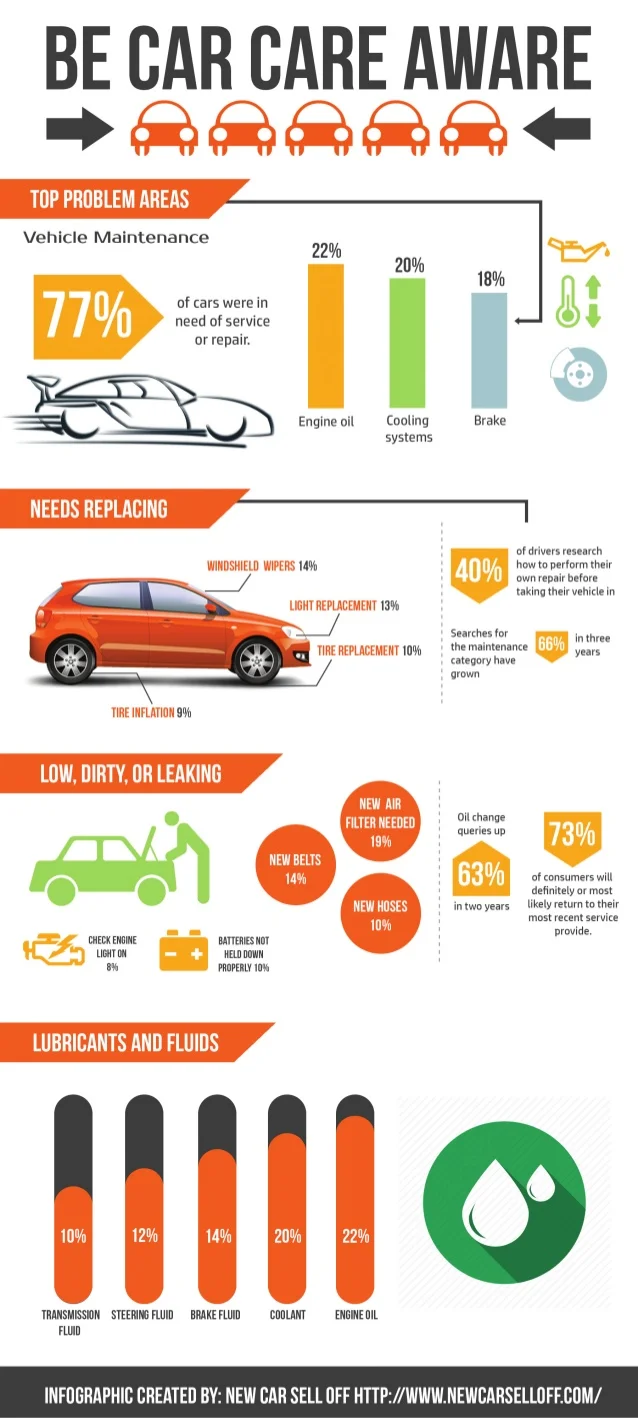Seeking Clearness On The Warning Lights Showed On Your Car'S Control Panel? Find Out Just How They Connect To Your Car'S Health And Wellness
Seeking Clearness On The Warning Lights Showed On Your Car'S Control Panel? Find Out Just How They Connect To Your Car'S Health And Wellness
Blog Article
Material Create By-Sykes Kejser
When you're behind the wheel, those glowing warning lights on your control panel can be a little bit complicated. Do you know what they're attempting to tell you concerning your cars and truck's health and wellness? Recognizing the significance of these lights is crucial for your security and the durability of your automobile. So, the following time one of those lights appears, wouldn't you intend to decode its message accurately and take the needed steps to address it?
Common Caution Lights and Interpretations
Identify usual caution lights in your car and comprehend their definitions to make sure risk-free driving.
One of the most typical caution lights consist of the check engine light, which signifies issues with the engine or exhausts system. If this light begins, it's critical to have your car checked promptly.
The oil pressure alerting light suggests reduced oil stress, calling for immediate interest to stop engine damage.
https://jaredzvuqk.snack-blog.com/29908216/how-to-describe-a-vehicle-in-under-an-hour-a-newbie-s-quick-overview blinking battery light might recommend a faulty billing system, potentially leaving you stranded if not addressed.
The tire pressure monitoring system (TPMS) light informs you to reduced tire pressure, impacting car stability and gas efficiency. Disregarding https://www.repairerdrivennews.com/2022/01/17/inflation-what-are-the-causes-how-are-shops-adjusting/ could result in dangerous driving problems.
The abdominal muscle light shows a trouble with the anti-lock braking system, endangering your capacity to stop rapidly in emergencies.
Finally, the coolant temperature alerting light warns of engine overheating, which can result in extreme damage if not solved quickly.
Understanding these common caution lights will assist you address concerns quickly and preserve secure driving conditions.
Relevance of Prompt Attention
Understanding the usual warning lights in your car is only the primary step; the relevance of quickly addressing these warnings can't be emphasized sufficient to guarantee your safety on the road.
When a warning light brightens on your control panel, it's your automobile's way of communicating a potential issue that needs attention. Ignoring these cautions can result in more severe troubles down the road, jeopardizing your security and possibly costing you much more out of commission.
Trigger attention to advising lights can avoid failures and accidents. For instance, a flashing check engine light can show a misfire that, if left unattended, could trigger damages to the catalytic converter. Addressing this promptly can save you from a costly repair service.
Likewise, a brake system cautioning light may signal low brake fluid or used brake pads, crucial elements for your safety when driving.
Do It Yourself Troubleshooting Tips
If you notice a warning light on your control panel, there are a couple of do it yourself troubleshooting ideas you can attempt before seeking professional help.
The very first step is to consult your car's handbook to comprehend what the specific warning light suggests. Often the problem can be as straightforward as a loosened gas cap setting off the check engine light. Tightening up the gas cap might resolve the issue.
Another usual concern is a reduced battery, which can cause numerous advising lights. Examining the battery links for rust and guaranteeing they're safe could deal with the issue.
If a caution light continues, you can attempt resetting it by disconnecting the auto's battery for a few mins and after that reconnecting it. In addition, inspecting your vehicle's liquid degrees, such as oil, coolant, and brake liquid, can assist repair warning lights connected to these systems.
Conclusion
Finally, understanding your vehicle's caution lights is important for maintaining your lorry running smoothly and securely. By without delay attending to these informs and knowing what they indicate, you can stay clear of costly repair services and possible failures.
Keep in mind to consult your automobile's guidebook for particular details on each cautioning light and act appropriately to ensure a hassle-free driving experience.
Keep informed, remain secure on the road!
